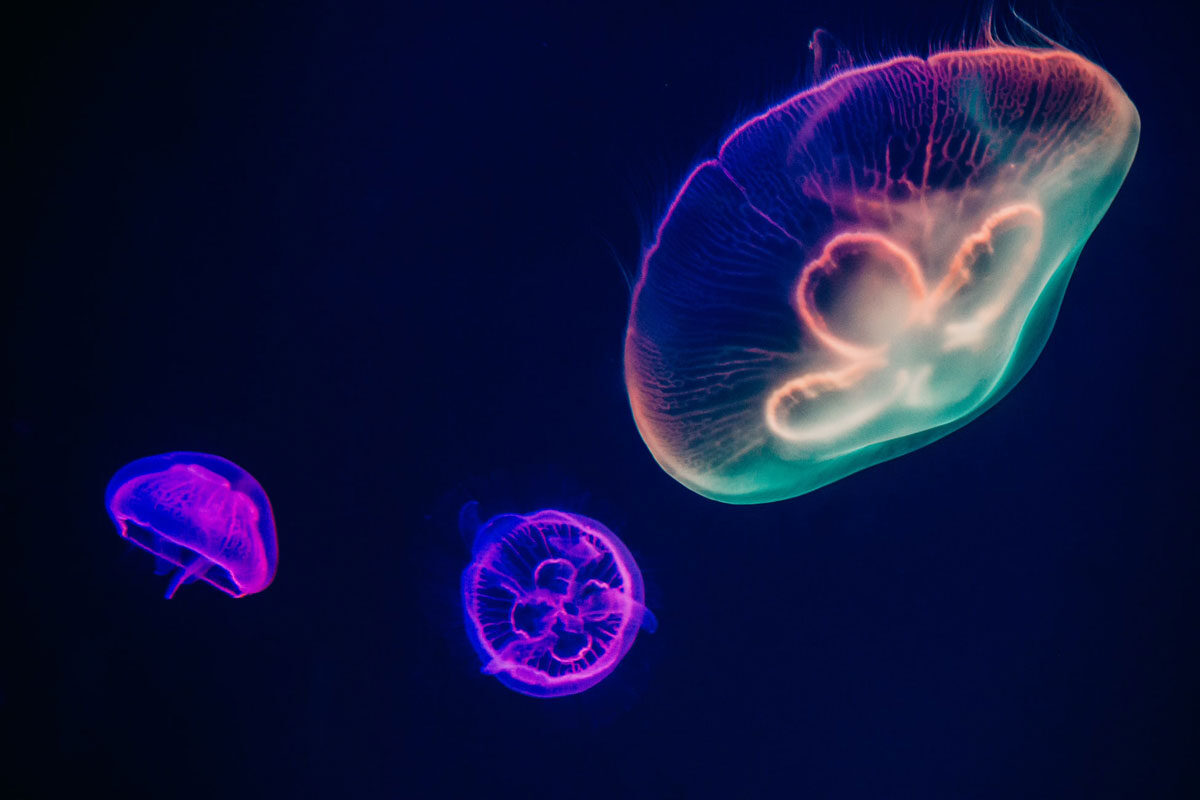With a turbulent history involving the territorial claims of the local Nama chief, Portuguese explorer Bartolomeu Dias, the British and the German Reich, Lüderitz was founded in 1883 for its lucrative guano-harvesting, fishing and trading opportunities on land purchased from the local Nama chief. The town really made headlines when diamonds were discovered in 1909 in nearby Kolmanskop. Diamond mining then moved elsewhere and the town reverted to a quiet and remote outpost. The harbour is too shallow for modern ships (which tend to use Walvis Bay) so tourism is the main industry for the town nowadays.
Visitors tend to pass through Lüderitz to see Kolmanskop which is now a ghost town, where the evidence of a once-thriving diamond mining industry is slowly being consumed by the Namib Desert sands.
Marine wildlife is plentiful. Cruises along the rugged coastline operate to Diaz Point to see Benguela dolphins, Cape fur seals (brown fur seals), an African penguin colony, greater flamingos and Damara terns.
The town itself, perched on an isolated rocky peninsula with a sheltered bay between the Koichab Pan to the north and diamond fields of the south, is known for its German colonial architecture, rock lobster cuisine, museum and for the annual Lüderitz Speed Challenge – a fast sailing event which takes advantage of Lüderitz’s persistent strong winds in springtime.











